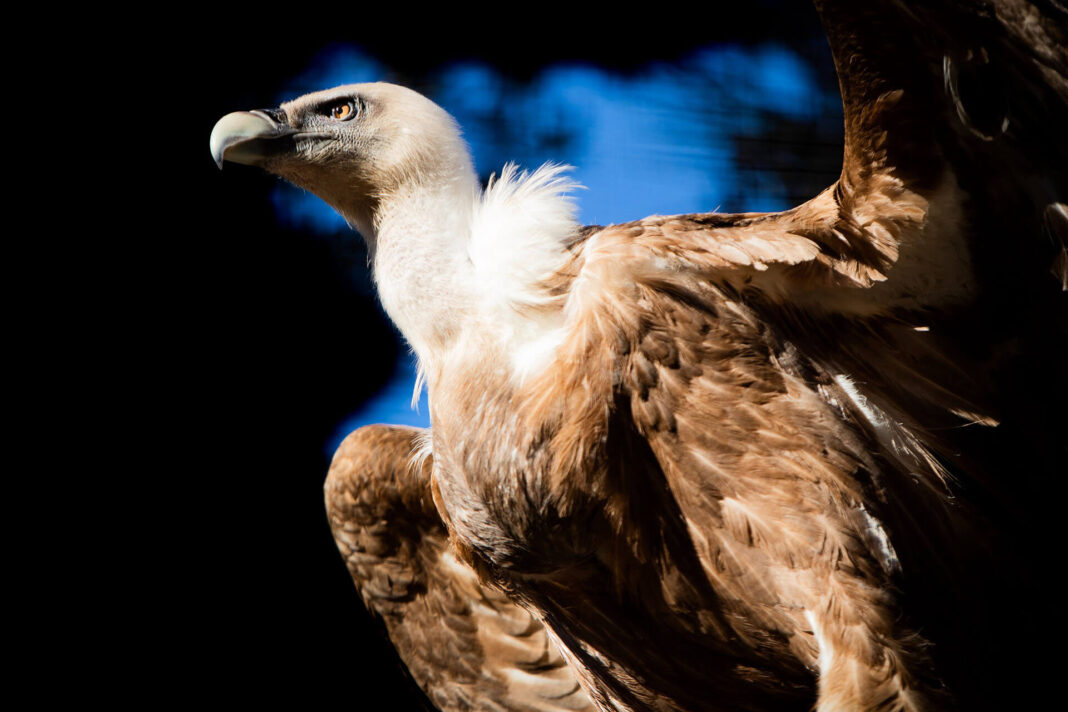“嵌入地面的草坡”是一种兼具景观艺术与环境介入特质的创作方式,它将自然元素如草皮与土壤雕刻成不规则的起伏地形,仿佛大地本身被轻轻拉起或折叠。观者仿佛置身于一个被重新编排的自然舞台,既熟悉又充满陌生感。这些草坡有的如波浪般起伏,有的则像几何体切割出的断面,打破了我们对“平地”的固有认知。艺术家通过这些装置引导人们用身体去感知空间的变化,行走其上或俯视其形,从而激发对土地、重力与自然秩序的重新思考。这些作品往往与所在环境融为一体,随季节变换而改变色彩与状态,强调自然本身的动态性与时间性。草坡虽静,却在不言中推动我们重新认识人与自然之间那条看似隐形却始终存在的联系。
Usually when a museum is flooded with water, something has gone seriously wrong. But at the Fondation Beyeler just outside the Swiss city of Basel, the flooding of the museum is all part of the show: a new site-specific installation called Life by the Danish-Icelandic artist Olafur Eliasson.
The artist has removed one side of the Renzo Piano-designed building (with the architect’s blessing) and let the feature pond—usually separated from the climate-controlled interior by a large glass wall—into the museum. Visitors can navigate the waters, which are up to 80cm deep, using a series of walkways that run in and out of the building. At night, the interior is lit up with blue light.

Eliasson has also dyed the water a fluorescent green and filled it with pond plants, including water lilies and shellflowers selected by the landscape architect Günther Vogt. The water has been coloured using uranine, an organic dye that is commonly used to observe water currents, and which Eliasson has used previously for his Green River (1998) work where he dyed rivers in cities such as Stockholm, Tokyo and Los Angeles.

In an accompanying artist statement, Eliasson writes: “Together with the museum, I am giving up control over the artwork, so to speak, handing it over to human and non-human visitors, to plants, microorganisms, the weather, the climate—many of these elements that museums usually work very hard to keep out.”
The southern side of the building will be open to the elements for the duration of the show, which ends in July. Eliasson writes that “even if no human visitors are in the space, other beings—insects, bats, or birds, for instance—can fly through or take up temporary abode within it.” This possibility is very much part of the work, with the artist adding that when he first spoke to the museum’s director Sam Keller about ideas for the show, he thought to himself: “Why don’t we invite everyone to the show? Let’s invite the planet—plants and various species”.
The show is open 24 hours a day. “Visitors can access the installation at any time. After 9.30pm they do not need a ticket,” says a spokeswoman. She adds that, in terms of non-human visitors, so far there have been “insects, spiders, ducks, a goose and cats.”


